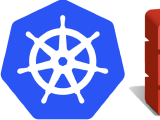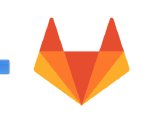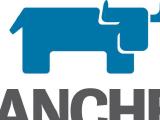Kubernetes cluster on OpenStack - Part 1
·5 mins
The last few weeks I’m working with Kubernetes and OpenStack. It’s a steep learning curve to get a production-ready Kubernetes Cluster running on OpenStack, especially because I didn’t want to use the available ready-to-use tools. In the next few blog posts, I want to share my experience how to run Kubernetes on an OpenStack platform.







